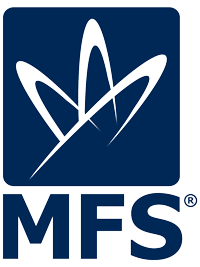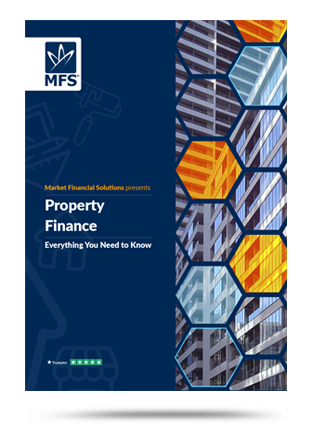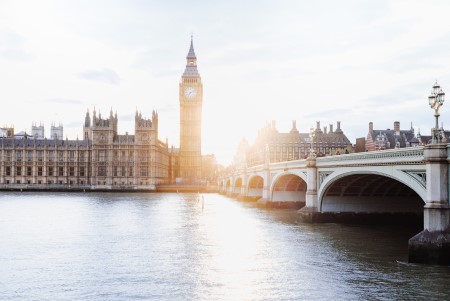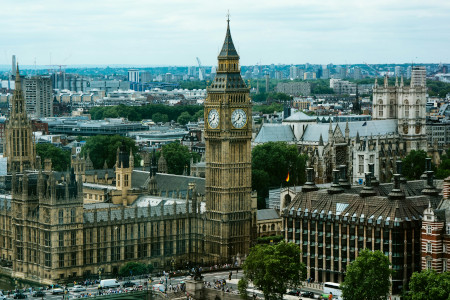Market Financial Solutions are a bridging loan and buy-to-let mortgage provider and are not legal, financial, investment or tax advisers. This document is for informational purposes only and does not, and should not be considered, to constitute legal, financial, investment or tax advice or be relied upon by any person to make a legal, financial, investment or tax decision. Therefore, Investors are encouraged to seek appropriate professional advice. The information in this content is correct at time of writing.

The cost-of-living crisis, at times, has felt like it would never end. Daily, we’re bombarded with messages of how everything is expensive. Mortgage bills, food costs, energy tariffs – they’re all on the up.
Many are likely too worried to question when will the cost-of-living crisis end, let alone what the cost-of-living crisis is, or what’s causing it. The answers may be too painful to bear.
But, for property investors, there may be a way forward, despite the wider state of the economy.
What is the Cost-of-Living Crisis?
Before looking at potential solutions, we must answer the question of “what is the cost-of-living crisis”. Generally, the cost-of-living refers to how much money is needed to cover the bare essentials. Obvious examples include food, housing costs, and utilities.
In the UK, and indeed across many countries, these kinds of costs are measured through the consumer price index (CPI). The CPI consists of the prices of a basket of goods and services that are typically purchased by households and the wider population[1]. In the UK, the CPI basket[2] includes, amongst other things: yoga mats, pulled pork, and virtual reality headsets.
As consumer habits change, items are also removed from the CPI basket. Recently, DVD rentals were removed from the basket, likely the result of streaming coming to the forefront.
Where CPI rises, that’s known as inflation – a rise in prices. Deflation occurs when general prices decline. Both have an impact on the economy, but the Bank of England has an official inflation target of 2%[3].
This is where the crisis comes into play. Since mid-2021, inflation has consistently been above that 2% target, peaking at 11.1% in October 2022[4]. Also, after a period of decline, inflation has been slowly marching upwards once again since late 2024.
What’s made our recent bout of inflation especially challenging, however, is that often it’s been the essentials that have seen the biggest rises. While overall inflation peaked at 11.1%, increases in food and non-alcoholic drinks were running at a rate of almost 20% in 2023[5]. In more recent months, food inflation has been outpacing wider cost increases[6].
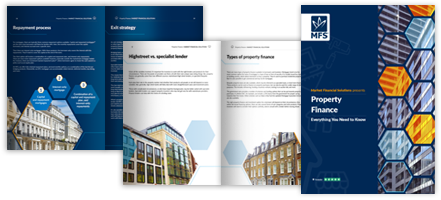
What has caused the cost-of-living crisis?
To have a better idea of what the cost-of-living crisis is, we need to understand the causes behind it. Economics is a notoriously complicated, and difficult subject to understand. There are a multitude of factors that go into affecting prices. But certain events have played a key role in recent years.
Obviously, there was the pandemic. As the economy shut down, drastic actions were taken to keep people afloat. While deemed necessary by many, they have nonetheless proven costly. It’s estimated that our Covid-19 measures cost us between £310bn and £410bn. This equates to about £4,600 to £6,100 per person[7].
The war between Russia and Ukraine also played a role. Europe was largely reliant on Russia for oil and gas, and Ukraine for agricultural products[8]. As war emerged, and sanctions were levied, costs skyrocketed.
Then there was the mini-Budget. Liz Truss announced plans for unfunded tax cuts in September 2022 which panicked the market, and ended up costing us billions[9]. More recently, continuing conflict in the Middle East[10], and our broader borrowing costs[11] have added to the pressure.
Efforts have been made to address all this. Chiefly, the Bank of England consistently raised interest rates from late 2021 in an effort to tame inflation. The base rate has been lowered in more recent months, yet is still higher than the near-zero rates the market got used to in the post 2008 crisis period[12]. In theory, high interest rates encourage consumers to save, not spend. When spending falls, so too should prices, bringing inflation down.
This takes time to take affect however – around two years. This means that as we tried to bring prices down, mortgage, credit card, and other lending costs rose. There’s no getting away from it, the last few years have been tough.
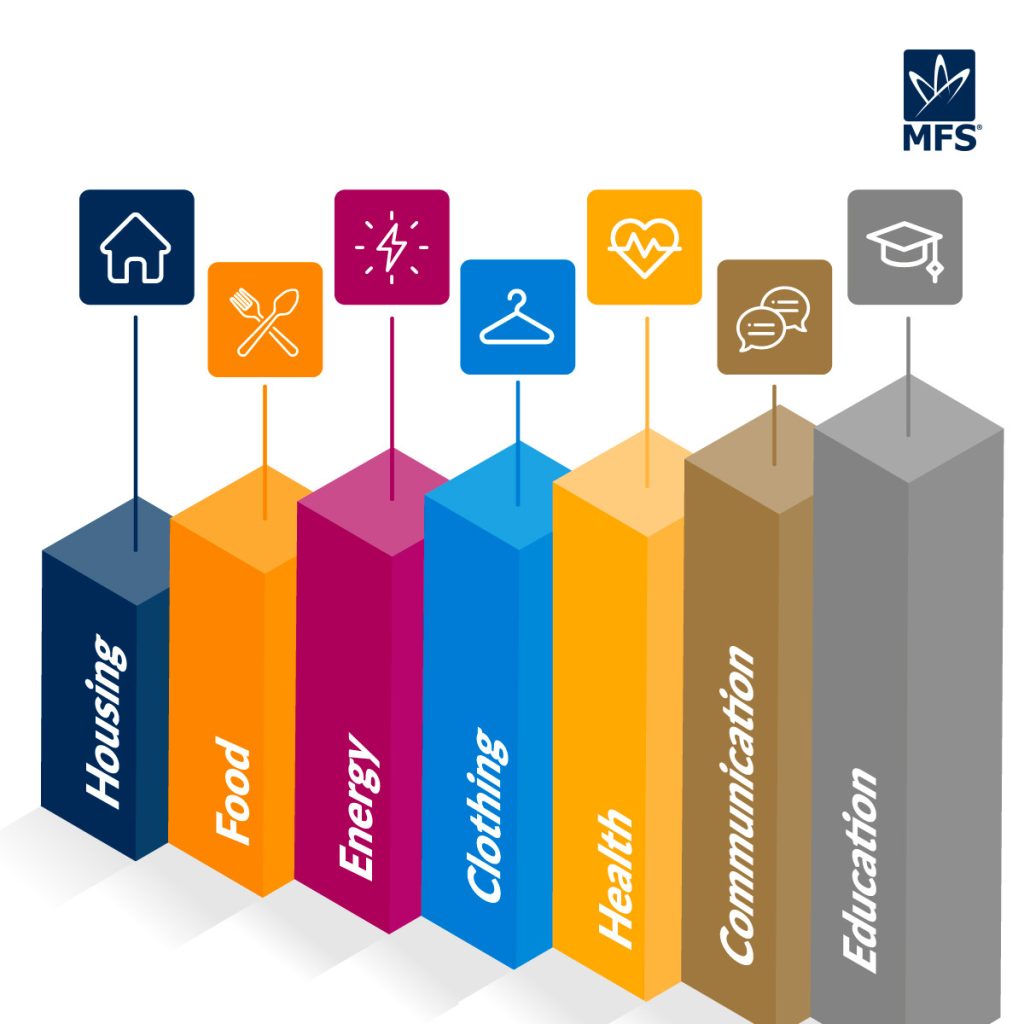
Better days could be on their way
There is no getting away from the fact that we have a long way to go before our economy reaches a healthy standing. Also, things are likely to get worse before they get better.
But there are signs that recovery is on the way. The OECD[13] expects UK inflation to fall to 2.7% in 2026. Any decline should be welcomed.
Also, both KPMG[14] and EY[15] expect GDP growth in 2026, despite all the challenges ahead of us. Indeed, in the last few days alone, the UK has secured £150bn worth of investment from US firms[16]. No one in our economy wants it to falter. We’re all pushing for a way out of our woes, and property investors should keep this in mind.
How is the property market faring?
While many are rightfully concerned with what is the cost-of-living crises and when will it end, we should remember that the property market is faring surprisingly well despite it.
House prices, despite everything, continue to push upwards. The latest data from the ONS shows average UK house prices increased by 2.8% in the 12 months to July 2025[17]. Rightmove[18], Halifax, and Nationwide all also report recent growth[19].
Moreover, the Financial Conduct Authority, reported the value of new mortgage commitments rose by 14.6% in Q2 2025 from the previous quarter, the highest seen since Q3 2022. Net mortgage approvals for house purchases hit a six month high in July 2025, according to the Bank of England. These stats, at the very least, show that confidence may be returning to the property market[20].
That confidence is warranted. Property investors face their own unique challenges in the current market, such as tougher legislation and rising costs. But house prices are rising, mortgage rates are improving[21], and rental yields are increasing[22].
In truth, given how multifaceted our cost-of-living crisis is, it may be extremely difficult to pinpoint an exact date for when it ends. Also, while inflation may come under control, it may be some time until consumers start actually noticing that prices are lowering.
Still, we’re on the right path. And regardless of whether costs are rising or plummeting, we at Market Financial Solutions will adapt.
The Complete Guide to
Property Finance
Everything you need to know
- Foundation & different finance types
- Useful tools
- Apply them in real life
- Market insights & more
[1] https://www.oecd.org/en/data/indicators/inflation-cpi.html#:~:text=A%20consumer%20price%20index%20is,for%20by%20the%20reference%20population.
[2] https://www.bbc.co.uk/news/articles/c17rgd8e9gjo
[3] https://www.bankofengland.co.uk/
[4] https://www.ons.gov.uk/economy/inflationandpriceindices/bulletins/consumerpriceinflation/august2025
[5] https://www.bbc.co.uk/news/articles/c0xxwz00nz9o#:~:text=Overall%20inflation%20peaked%20at%2011.1,the%20highest%20since%20the%201970s.
[6] https://www.thisismoney.co.uk/money/markets/article-15123441/Britain-lose-war-inflation-Higher-business-rates-push-food-prices-retail-bosses-warn-Reeves.html
[7] https://commonslibrary.parliament.uk/research-briefings/cbp-9309/#:~:text=Current%20estimates%20of%20the%20total,per%20person%20in%20the%20UK
[8] https://www.bbc.co.uk/newsround/68370090#:~:text=What%20caused%20the%20Cost%20of,to%20power%20transport%20and%20infrastructure
[9] https://www.independent.co.uk/news/uk/politics/truss-mini-budget-house-prices-b2412878.html
[10] https://www.reuters.com/world/middle-east/israel-attacks-hamas-leaders-qatar-trump-says-hes-very-unhappy-about-strike-2025-09-09/
[11] https://www.bbc.co.uk/news/articles/cy989njnq2wo
[12] https://www.bankofengland.co.uk/monetary-policy/the-interest-rate-bank-rate
[13] https://www.bbc.co.uk/news/articles/cx2n4877j7lo#:~:text=The%20OECD’s%20UK%20inflation%20forecast,second%20highest%20in%20the%20G7.
[14] https://kpmg.com/uk/en/insights/economics/uk-economic-outlook.html
[15] https://www.ey.com/en_uk/newsroom/2025/07/uk-gdp-forecast-upgraded-amid-global-uncertainty
[16] https://www.bbc.co.uk/news/articles/cx2nllgl3q7o
[17] https://www.ons.gov.uk/economy/inflationandpriceindices/bulletins/privaterentandhousepricesuk/september2025
[18] https://propertyindustryeye.com/property-industry-reacts-to-new-rightmove-house-price-index-7/
[19] https://www.bcis.co.uk/news/analysis-of-movement-in-house-price-indices/
[20] https://www.ft.com/content/fc89a851-e0e8-4bd7-9992-c9308eb13a70
[21] https://www.buyassociationgroup.com/en-gb/news/invest-in-property-predict/
[22] https://www.zoopla.co.uk/discover/property-news/rental-market-report/#key-figures
